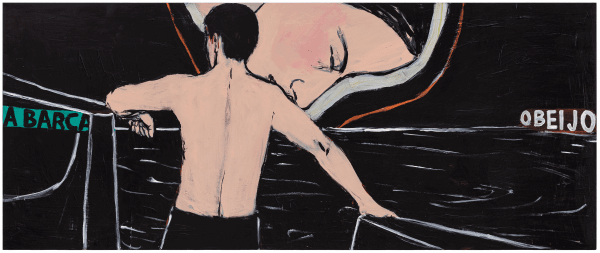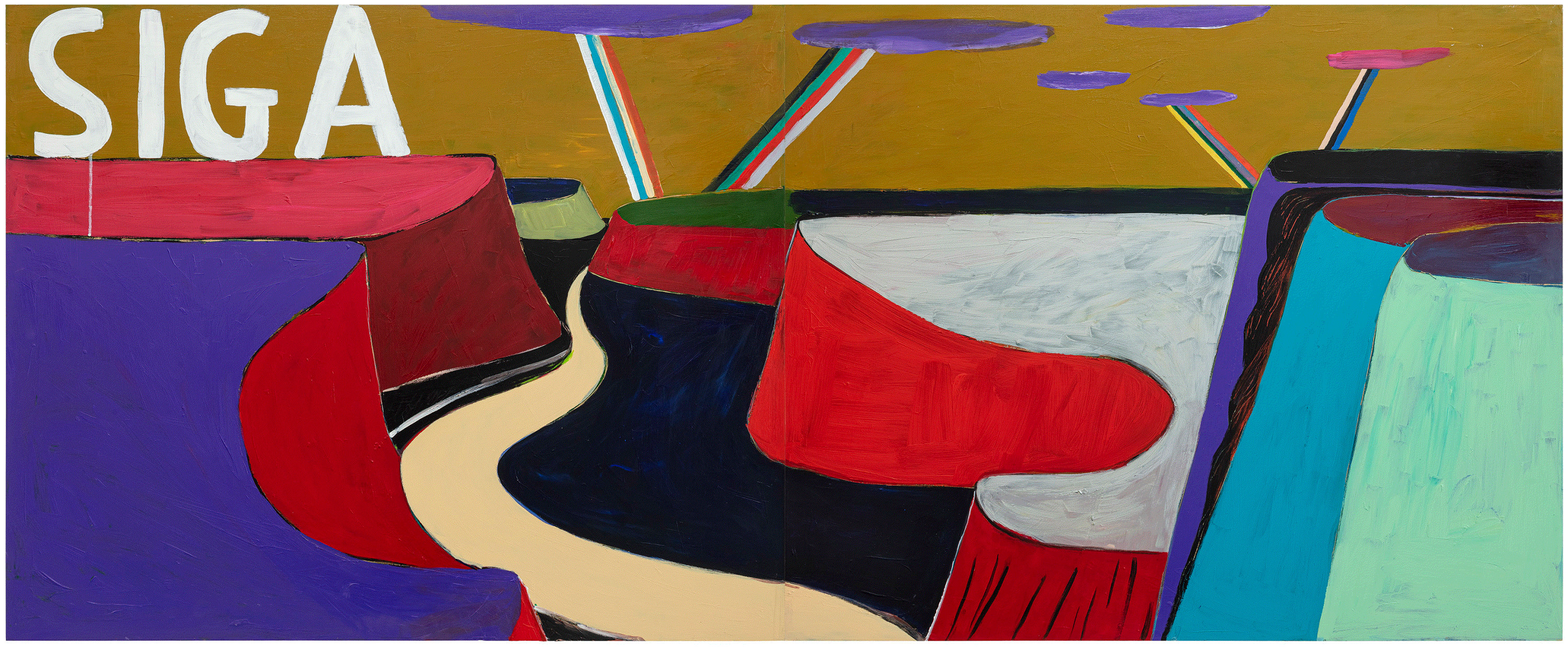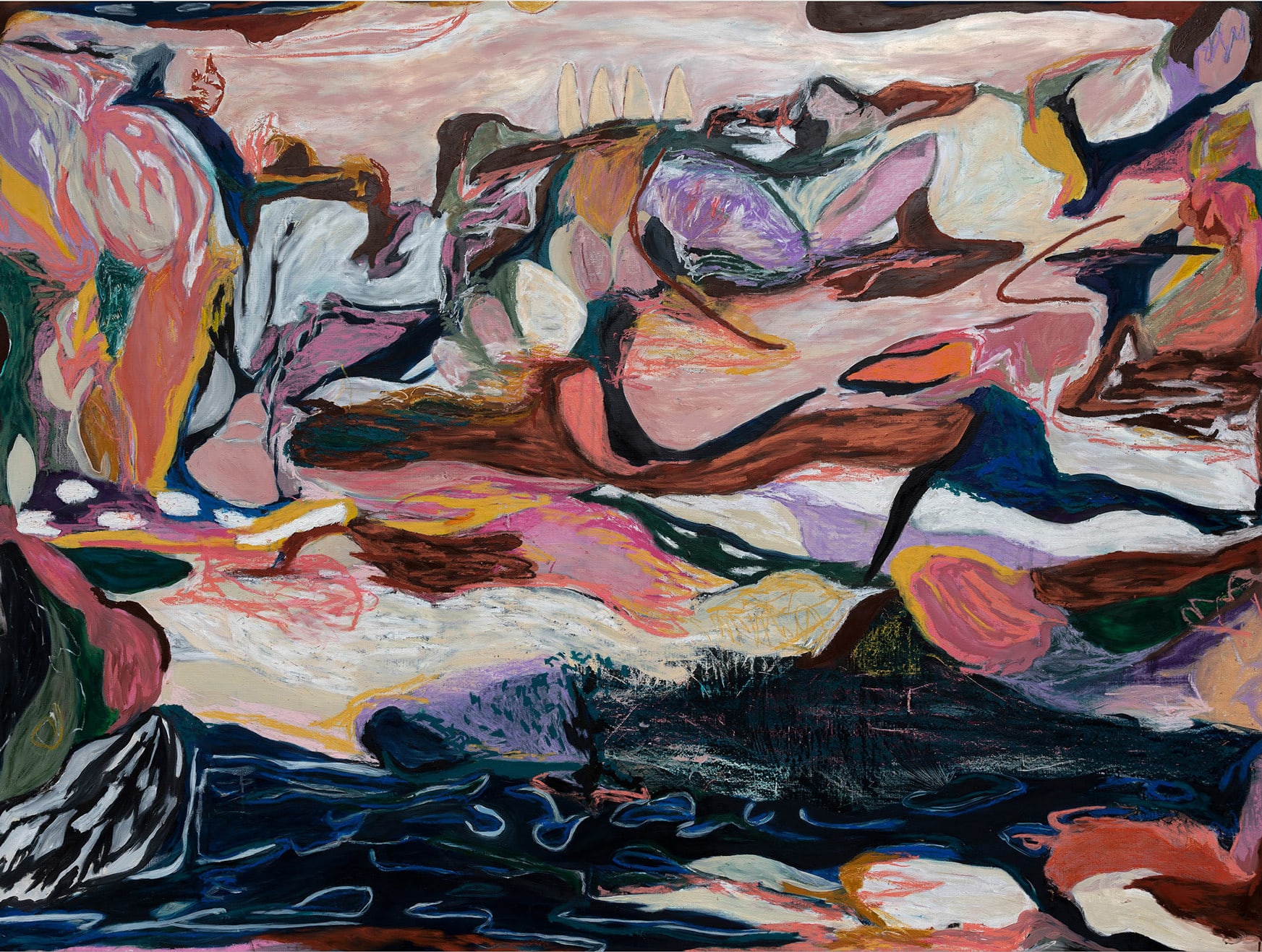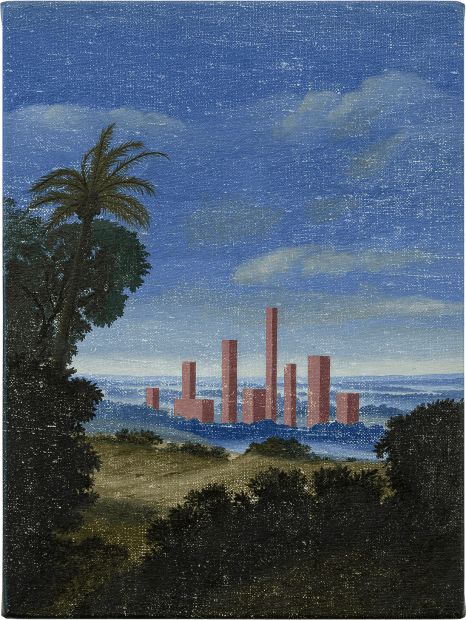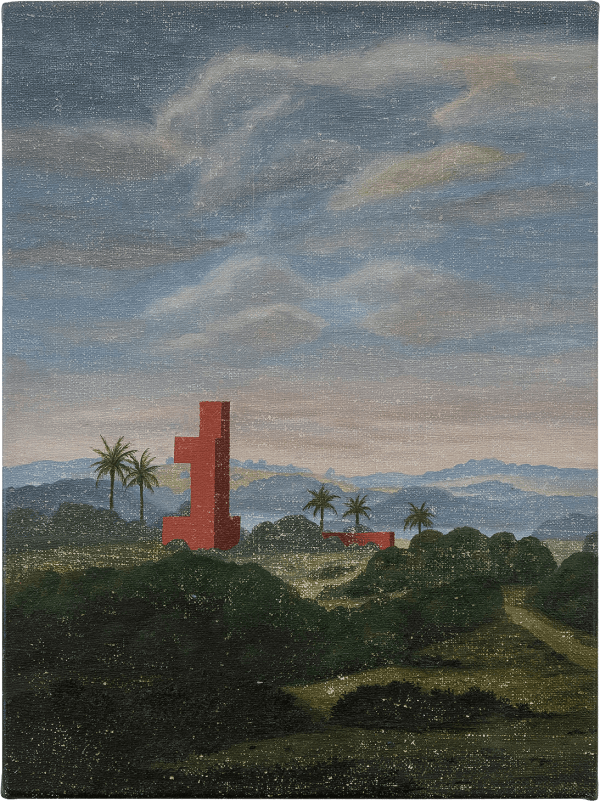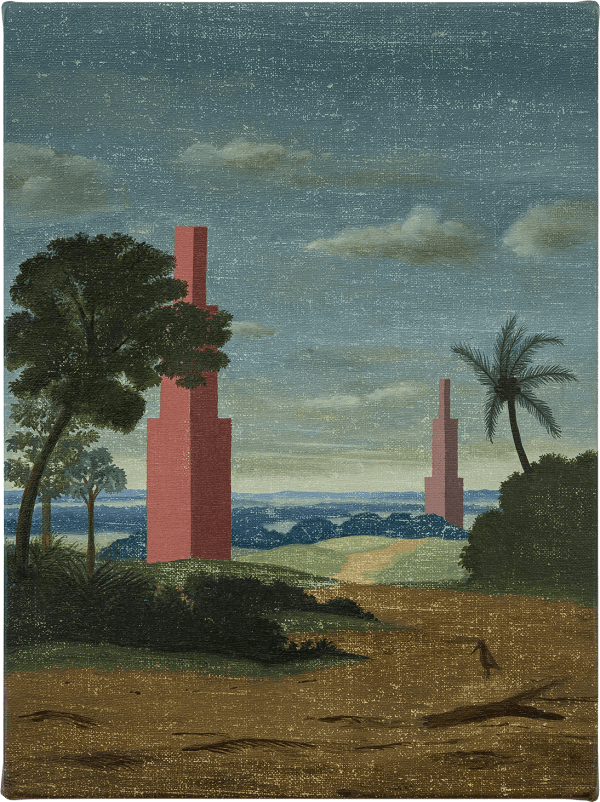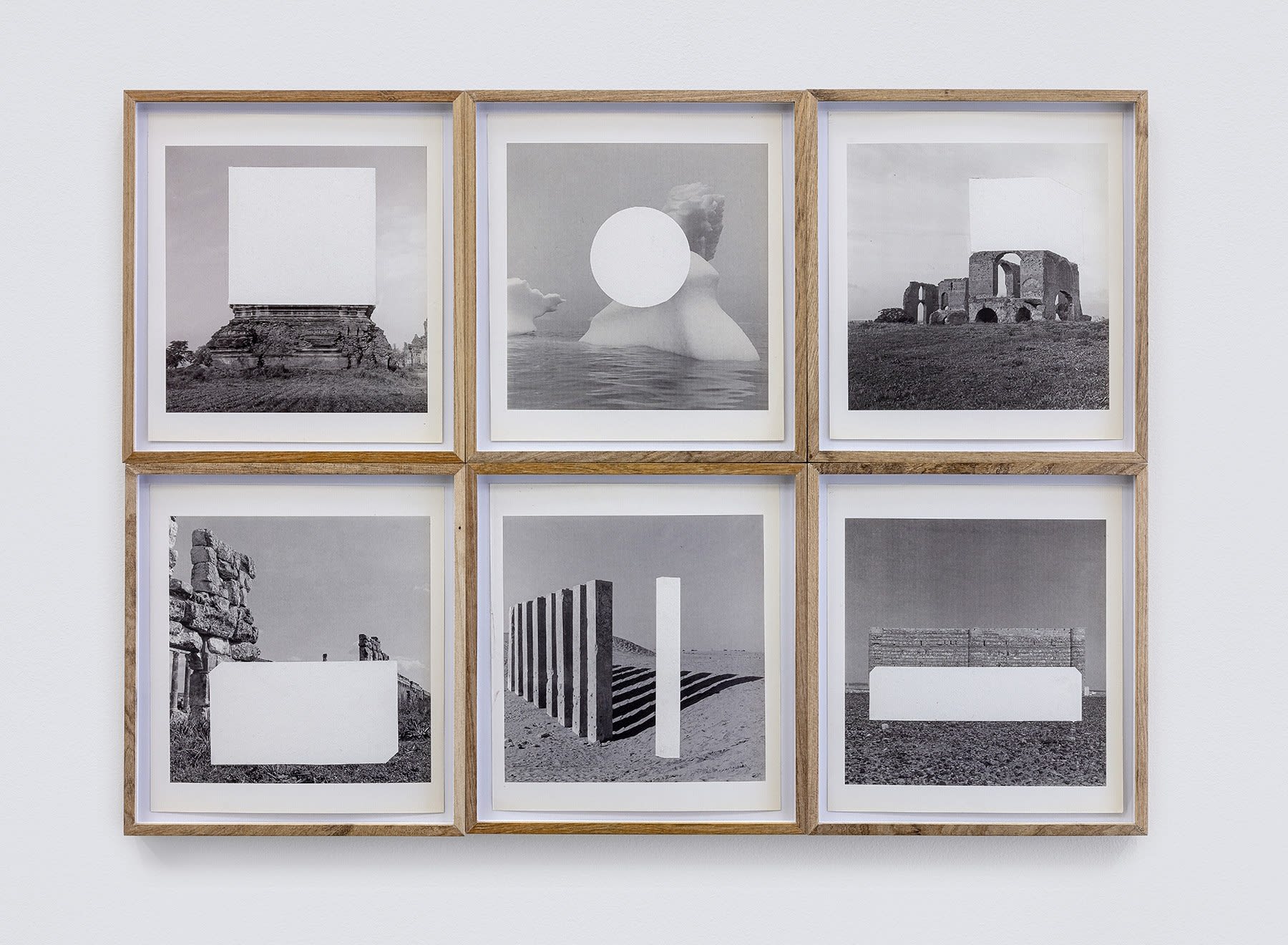-
ALBANO AFONSO
(SÃO PAULO, BRAZIL, 1964)ALBANO AFONSO PRODUCES IN HIS WORKS A REFLECTION ON THE ART HISTORY TRADITION. HIS WORKS ARE STARTED FROM GENRES AND THEMES MAINLY DERIVED FROM THE HISTORY OF PAINTING, IN WHICH, NOT BY COINCIDENCE, THE ISSUE “LIGHT AND SHADOW” IS PRESENTED AS A CENTRAL ELEMENT [...] BRIGHTNESS, REFLECTION AND REFRACTION BECOME THE OBJECT OF STUDY AND SUBJECT OF THE WORKS. In the series Crystallization of the landscape, photographs of landscapes, between parks, closed forests and historical images, crystallize. These are images worked digitally by the artist to be converted into geometry and color. It is as if the light hitting by nature took shape and materialized in masses of colored crystals, which sometimes present themselves subtly [...] There is no more possible perspective or illusion of access. The landscape that was once permeable is now solid matter.
Douglas de Freitas. Albano Afonso: Luz encarnada em corpo/corpo evanescido em luz. Casa Bandeirante, São Paulo. 2018 -
 from the series Landscape Crystallisation, 2021
from the series Landscape Crystallisation, 2021 -
VÂNIA MIGNONE
(CAMPINAS, BRAZIL, 1967)Vânia Mignone is one of the most impactful artists of her generation. One of the recurrent subjects in her paintings is the subtlety and complexity of the relationships of everyday life, which she densifies, transforming them into a creative escape from standardized behaviors. Through sophisticated and mysterious fictional interplays of solitary figures, words, plants and animals, the artist shares what is still sublime in human existence.
Some things catch on fire, circuses catch on fire, her images configure common situations with precise metaphors that drift in landscapes of uncertain surfaces, with oscillating borders between the bodies and the objects. It seems that Vânia wants to tell us everything, with her painting of gestures and purposefully dense coverings, which also know the exact moment when they should stop, to signalize what matters.
Danillo Villa, 2022
-
 Untitled, 2022
Untitled, 2022 -
 Plúmula, 2022
Plúmula, 2022 -
 Dente, 2022
Dente, 2022 -
-
ANTONIO HENRIQUE AMARAL
(SÃO PAULO, BRAZIL, 1935 - 2015)Beginning in the 1980s and up to the end of his life in 2015, Amaral combined drawing and painting in a back-and-forth creative movement in which no theme or form was treated as taboo. There were deliriums of sexuality, with anatomies multiplied in neurotic landscapes; combinations of torsos juxtaposed in fullnesses and emptinesses that could be either erotic or morbid; theater stages occupied by signs of violence and power; oversized and absurdly red hearts; objects that seem to move like animals; beings subjectivized as fragments of a nameless space-time. In these exercises of the imagination, the artist got the opportunity to push his handling of shadowings and relationships of chiaroscuro to the state of paroxysm. He was also able to explore rare chromatic combinations, and sometimes vibrant and diversified palettes that refer to Tarsila’s most colorful works.
When one observes Antonio Henrique Amaral’s oeuvre as a whole it is plausible to think of it as a bestiary expanded in time and space: a succession of forms and figures that defy human identification and its capacity for communication, or, in a complementary way, a landscape of inanimate objects that he imbues with an empathic identification. There is still much to discover and debate about in his work, especially now, when at every point and place there is a search for examples of artworks able to resist not only the authoritarian projects now underway, but also the normativities that restrict the understanding of the nature of desire, sexuality and communication.
-
 OS CORPOS E A LUZ, 1996
OS CORPOS E A LUZ, 1996 -
 Ladrillo invención X, 2022
Ladrillo invención X, 2022 -
 Monument series, 2020
Monument series, 2020 -
 Monument series, 2020
Monument series, 2020 -


